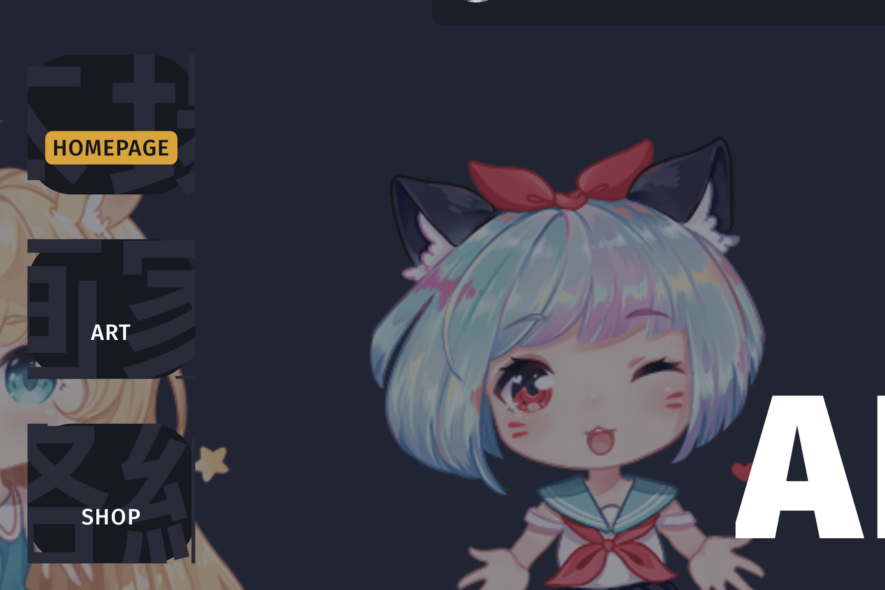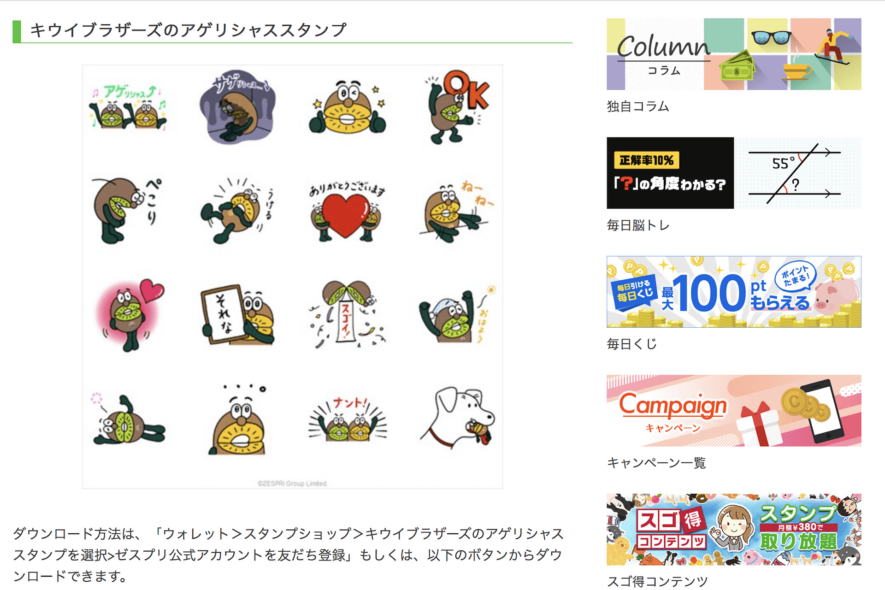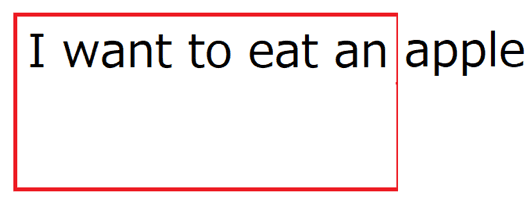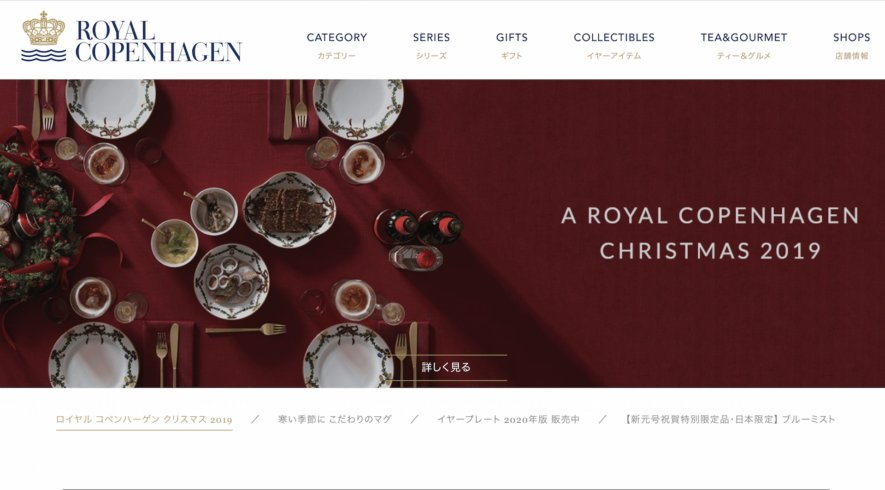Website translation into Japanese
The Japanese consumer market is one of the most vibrant and creative in the world. Famous for its technological know-how and distinctive culture, Japan has been a world-leader in several fields. However, due to the idiosyncrasies of Japanese society and language, it is important to consider your strategy before attempting to market your product in Japan. Below, we will take a look at some of the factors that should be considered when attempting to market your product to the Japanese.
What are some trends in Japanese website design that I should be aware of?
The Japanese are renowned for their refined aesthetic sensibilities, and thus it is important to pay attention to the style of your website. The following are common for websites aimed at a Japanese market:
- Clear bold letters https://www.marchily.jp/
- Broken grid layouts https://estyle-inc.jp/
- Websites with illustrations, and simple but vivid colouring https://payme.tokyo/
- Gradation https://kyash.co/
- Drop shadow https://www.market-me.fr/Livo/
- Fluid shapes https://dev.zeroqode.com/
These ideals are not incompatible with the more general website design maxim that simple is best, but basic is to be avoided. They also work with the deceptively simple yet elegant designs we associate with Japanese art. Therefore, if it looks good to Europeans, it may also appeal to Japanese tastes.
As a guide, here is a useful Japan Web Design Gallery that documents stylish Japanese websites. As can be seen, these websites are not markedly different in style to their European equivalents (and that many of them use WordPress).
However, in direct contrast to this, many Japanese websites have a very kawaii (lit. cute) design as well as kawaiicharacters or mascots, which might seem twee or even childish to a non-Japanese audience, e.g. https://mtg.softbankrobotics.com/

However, if your website has a kawaii design (and a kawaii character if at all possible), a Japanese customer would feel more secure, and thus more comfortable with purchasing from it. However, given the limited understanding and reach of this intensely Japanese phenomenon outside the country, this may prove easier said than done. Here is a list of websites considered to be kawaii https://muuuuu.org/category/taglist/cawaii.
Is it necessary to change design when translating a website?
It may be necessary to change the design when translating a website if the original website does not fit Japanese trends. Many websites in Japan do not use vivid colours, instead preferring more subtle pastel shades. Vivid, garish colours for advertisements could lead Japanese consumers to believe that the product would not be of high quality.
It is also important to avoid mixing Japanese characters with Chinese ones, which will look similar to outsiders but will be instantly spotted within Japan. In this example, https://anime.club/, it can clearly be seen that both Chinese characters and Japanese characters are being used.
While the Japanese writing system is based on Chinese characters, they are different and the two cannot be used interchangeably. As such, the use of Chinese characters instead of a Japanese ones would be immediately obvious to a native Japanese audience. To give perspective, this would be like using the Cyrillic alphabet on website that is otherwise in English.

Source: https://anime.club/
If your original website is using Japanese and Chinese characters, you should simply forget about that design and change it completely to fit the Japanese culture.
In the case above, it is probably best to eliminate all your Chinese characters, and simply leave the English words there (across North Asia as a whole, the intermixing of English and the local language has become increasingly fashionable). For the logo, you should consider using a logo in Katakana script instead of an English logo, since it probably looks much better.
Preferred Fonts
Now, there is a very easy rule you should remember.
For many Japanese, there is an innate distrust of websites from other countries!
So, if you want your website to look trustworthy to the Japanese, the best way is to ensure it does not look like a foreign-translated website, but rather one which was created by and for a Japanese audience in the first place.
One easy way to achieve this goal is to purchase a fashionable Japanese font which nobody outside Japan would know, one which you wouldn’t even be able to Google without using a Japanese keyword. In most cases, this would be enough to calm any suspicions. Also, even if it was spotted to be non-Japanese in origin, merely believing that Japanese people had been involved would create a feeling of trust.
For example, in this Japanese book publisher’s website, they use a stylish Japanese font called ‘Utsukushi-Myojo’ which looks entirely different to those used in other translated sites.
Can you see the difference in the example below? ‘Utsukushi-Myojo’ looks much more stylish and eye-catching than the font used in the Microsoft site. Your typical Microsoft font is okay for websites like Amazon, where style is not really at a premium. However, you should really consider purchasing a popular original Japanese font if it’s meant for a website that introduces something fun or aspirational, and wants to make the Japanese people feel secure in their purchase.
Utsukushi-Myojo font

Source: http://webfontfan.com/utsukushi/
A normal MS font used on the Microsoft page

Source: https://www.microsoft.com/ja-jp
For more ideas see http://webfontfan.com/utsukushi/.
Is it important to have a mobile-friendly website?
As is now generally the case elsewhere, websites in Japan are primarily accessed through mobile phones, especially for the younger demographic. In fact, from a Japanese perspective, it is rare to find a website which doesn’t support mobile browsing. In other words, customers might again feel the service is untrustworthy if it didn’t have this functionality and make them think “Oh, this site doesn’t even have enough money to make it mobile-friendly!”
Do I have to host my website with a Japanese hosting provider?
The .com domain is very prevalent in Japanese websites. However, the most trusted domains within Japan itself are “.ne.jp” or “.co.jp” or simply “.jp”, although the suffixes can only be used by Japanese companies. Alongside .com, other trusted domains are .net and .org, which are taught in Japanese information literacy education. Unfortunately, the EU domain “.eu” is almost entirely unknown – and would therefore be distrusted – so it is recommended to use other domains already accepted in Japanese society. However, as mentioned above, these domain problems are still minor compared to properly localising your site to a Japanese audience.
How should I choose keywords in Japan?
Research using Google Keyword Planner is not so useful in this regard, given that direct translation will probably not provide the search terms you require. With local sentence structures, trends, nuances and contexts being so different, any SEO strategy that does not incorporate the assistance of a knowledgeable native-speaker is likely to be entirely ineffective. It is also worth mentioning that written Japanese actually uses a combination of three separate writing systems, thus rendering an already complex problem nearly unsolvable without some assistance.
In case I decide to change my website then which are the most popular and fastest platforms I should use?
As with most of the wider world WordPress and Wix are incredibly popular in Japan. On a local level, Ameba Ownd and Jimdowhich both offer an application where the website can be edited via mobile phone are famous platforms with a range of templates and easy editing. Finally, MovableType.net is increasingly popular for creating mobile-friendly websites. Again, it is worth taking a look at Japan Web Design Gallery to see what many of the Japanese sites are using.
What search engines are popular in Japan?
Yahoo.co.jp and Google.com are most famous search engines in Japan and are trusted by millions of people for their daily internet use. The ubiquitous Chinese search engine Baidu has also attempted to expand into the Japanese market, albeit with limited success, and works on many of the same content optimization rules as Google.
What are the most important internet marketing channels in Japan?
Google Ads is popularly used in Japan, but recently, Twitter’s ‘Promoted Tweets’ and Instagram Ads seem to be increasing in use. In addition, as with everywhere else, Amazon serves as a useful first step in breaking into overseas markets.
What social media platforms could I use?
Japanese companies are likely to have an official LINE account and a Twitter account. LINE accounts are often used by the organisation for sharing info about products, delivering coupons, and as a way for customers to contact the company for direct Q&A. In addition, Japan is one of the world’s strongest markets for Twitter, where the latest trends are rapidly disseminated by users and influencers. Moreover, the Snapchat-like Chinese video-sharing platform TikTok is gaining increasing popularity among the young demographic. Conversely, the massively popular Chinese instant-messaging service WeChat, has, much like Baidu, struggled to gain a foothold in the market.
It is worth consideringthat a very efficient way to advertise an official LINE account is to give away free LINE ‘stickers’, i.e. emojis (whereby a customer needs to be a LINE friend to download the sticker). A look at the website
https://agge.zespri-jp.com/will give some idea of their popularity in a country famed for its devotion to trends which outsiders may find idiosyncratic.
The link below is a very well localised website for Zespri Kiwifruit, who became famous for their funny advertisements which made effective use of LINE stickers.

Source: https://app.dcm-gate.com/news/news-220642/.
What is the correct tone when speaking to potential customers?
Courtesy and formal ritual are still considered very important in Japan. Therefore, when selling a product, a tone that displays cordiality is preferred, however it should not be too obsequiously polite, in order not to look overly formal or stuffy. Overall, the tone of a company website should be very courteous if you want to earn trust in Japan. That being said, using the example above, sometimes a more in-your-face (though still friendly) tone may be preferable for younger consumers, and it is unlikely the viral ‘kiwi’ would have been recognised so much if the advertising had adhered to more formal conventions.
What should I avoid when translating a website into Japanese?
As mentioned earlier, for Japanese audiences you REALLY need to avoid looking like a phishing website. For instance, this may involve:
- Poor/machine translation
- Use of only one font in the same size and colour
- Poorly designed/unstylish website
- Unfamiliar or obscure domain name
Taboos
Be careful to avoid using references to tsunamis or anything nuclear-related, as both topics are understandably very sensitive to Japanese audiences, so be sure to avoid both in titles.
Also, be aware that the numbers four and nine are considered to be unlucky. Four, when read in Japanese can be pronounced as “yon” or “shi” with “shi” having the same sound as the word for death.
Nine, when read in Japanese, is “kyu” or “ku,” where “ku” is the same sound as the word for suffering. For this reason, some Japanese hotels, for example, do not have a fourth or ninth floor. Given the difficulties in local culture and the sheer impossibility of directly translating into Japanese, it is generally best to use a skilled translator who can localise the content accordingly.
Punctuations and spaces
On a different note, the Japanese language has its own punctuation rules, with the most noticeable difference from English being that the Japanese generally don’t use spaces in written sentences. Consequently, since Japanese words are often made up of more than one character, sometimes a problem occurs where a line-break appears in a middle of a word (which never happens in English because most web systems have a line-breaking rule which uses spaces for automatic line-breaking). This can make the websites appear very clumsy to a Japanese audience.
With WordPress there’s a useful “word-break: keep–all” command which also works for Japanese sentences. However, if you’re not using WordPress it may be a good idea to have someone Japanese check your website to make sure your system is working correctly.
To clarify, say a text box in a certain website looked like this:

Here, the auto line-breaking system is working correctly, and when the sentence hits the boundary it detects the last space used before the end of the line (in this case, the space between “an” and “apple” is detected) and inserts a line break there to avoid the sentence running over the text box like this:

This type of auto line-breaking system is commonplace for languages that use the Latin alphabet (Microsoft Word uses the same rule).
Unfortunately, this system doesn’t work well for Japanese sentences because, for example, “I want to eat an apple” would look like this:
私はリンゴを食べたいです
As you can see, the sentence doesn’t include any spaces between words.
Consequently, the line-breaking system above wouldn’t work for the Japanese language, and would require a different system.
What are the most popular North European brands in Japan?
Royal Copenhagen is a great example of how to market to the Japanese. Its flawless localisation encompasses many of the factors mentioned above, including font design, aesthetics, and high quality translation.

In contrast, the website translation for Flying Tiger is well-known in Japan for its linguistic errors, with translations of the often unintentionally hilarious quality Europeans saw in the translations of Japanese video games of the 1980s.
What are some hugely popular apps right now in Japan?
As seen elsewhere, blockchain and the cashless transaction are becoming well known in Japan, but are still being adopted slowly. Cashless payment providers such as LINE Pay, PayPay and Rakuten Pay are now promoting their services through TV commercials. The Japanese government is also pushing cashless payment for the upcoming TOKYO 2020 Olympics. However, blockchain and cryptocurrencies still seem to be seen as something for “professionals” only, and not for the general public to get involved in.
In addition, it is worth mentioning that many shops in Japan still don’t accept credit cards. This, of course, would render online payments impossible and needs resolving first before any consideration of cryptocurrencies takes place.
How important is localisation?
To summarise, before you start translating your website, you should consider the goals you want to achieve and share these goals with a translation agency. This will allow them to properly adapt your content for the specific culture and environment.
Consequently, translation is not merely changing words to their respective equivalent, but is a more nuanced and context-specific process than that. High-quality content that has been translated with consideration to both context and local particularities is essential if you want to break into difficult, but often extremely lucrative overseas markets. This includes paying attention to local particularities and cultural practices of the target audience.
In contrast, poorly translated material with no understanding of the specific culture can, at best arouse derision and suspicion and, at worst incite outright hostility. Good translation lasts a lifetime; something that should be borne in mind when choosing a translation agency for your project.
Check out these other posts from our blog

Website translation into Chinese

The 10 commandments of website translation

